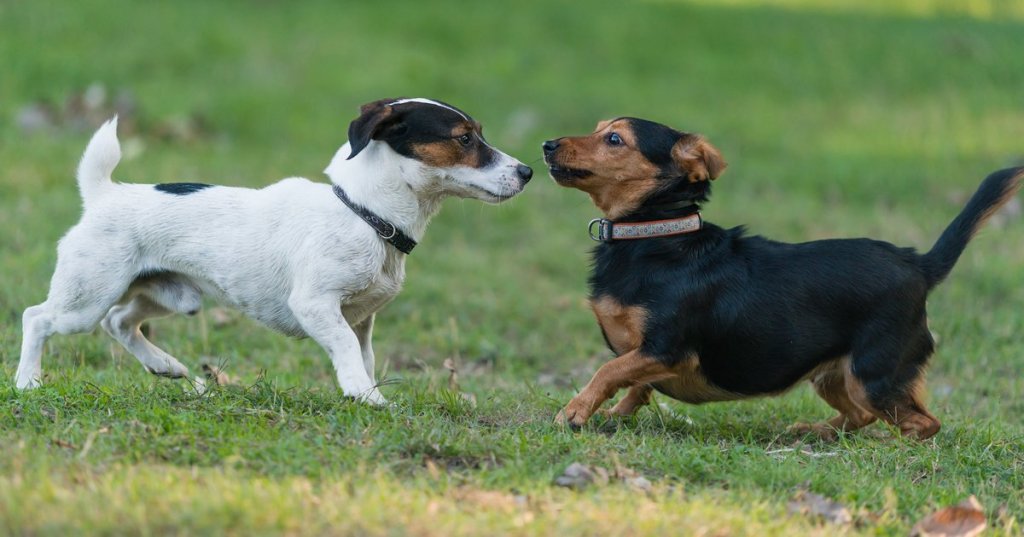Paris Hilton didn’t popularize small dogs, but she may have influenced how many people view them. When the ubiquitous hotel diva began walking red carpets with her tiny female Chihuahua Tinkerbell, suddenly, everyone had to have one. Call it the Paris Syndrome: Anything a celebrity does becomes a trend du jour. Not to suggest Hilton didn’t love her pooch, but responsible owners understand pets aren’t accessories. Here are some things to consider before bringing home a small dog.
The appeal of the petite
There’s no denying the growing popularity of the small dog. According to the American Kennel Club, three small breeds — the Beagle, Yorkshire Terrier, and Dachshund — rank among the 10 most popular breeds in the country, based on 2013 registration figures. Six others — the Miniature Schnauzer, Shih Tzu, Pomeranian, and French Bulldog — are in the top 20. The Yorkie’s No. 2 ranking behind the Golden Retriever in 2007 and 2008 is the highest for a small dog since the Boston Terrier was No. 1 almost 70 years ago. But small dogs — those weighing 21 pounds or less — often have specific care requirements. And although they may look cute in your arms or at the end of a sequined leash, they require all the care and attention of any other dog. Sometimes more.
“They’re not like an iPod that you can put away in a drawer or a toy that you get bored with,” said Darlene Arden, author of Small Dogs, Big Hearts, a guide to caring for small dogs. “That’s not the way it works. It’s a family member that you’re bringing in, and it’s a commitment for the dog’s lifetime.”
Big misconceptions
If you’re considering bringing home a small dog, let’s dispel a few myths first.
Small dogs don’t need a lot of exercise. Wrong. “Small dogs definitely need exercise,” said Adam Goldfarb, an issues specialist in the companion animals department at the Humane Society of America. “Even though there are some breeds who were essentially created to be lap dogs, if a person can’t do a couple of walks a day, I’d say a dog probably might not be the right pet for them.”
Small dogs don’t need obedience training. Not true. Small dogs are smart, and “often train even faster” than large dogs, Arden said. “Some do extremely well in agility and obedience. There are even toy service dogs. Granted, they’re not pulling wheelchairs, but they’re helping to get laundry, picking up and bringing things to their owner. And they often make great therapy dogs.”
Small dogs are friendly and approachable. Not always. In a study of 33 dog breeds published in 2009 in the journal Applied Animal Behaviour Science, and prepared in part by the University of Pennsylvania School of Veterinary Medicine, it was determined the three most aggressive dog breeds are the Dachshund, Chihuahua, and Jack Russell Terrier.
Hard to believe, but Goldfarb thinks it may have to do with owners’ failure to socialize their dogs as puppies — and perhaps because small dog owners are more indulgent when it comes to bad behavior.
“Not that it’s an inherent problem,” he said, “but I think it happens because their owners let them get away with it. There’s a lot more fearful behavior because they’re so small. We sometimes forget that they view the world in a different way from us. When you’re a six-pound Chihuahua living in a giant-sized world, it’s understandable that they would be a little more fearful.”
That’s why Goldfarb feels some basic training can be helpful. “Simple things like learning to sit, stay, come and lie down can help build confidence. On their own, they’re not necessarily an antidote for fearful behavior, but they can go a long way.”
Small dogs eat small meals. True, but they may require more calories per pound than larger dogs because they’re often more active. Discuss nutritional requirements with your vet. You also may have to feed your pet two or three times a day. Because they have small stomachs, they can’t handle large amounts of food at one time.
Handle with care
Something else to consider: Small dogs can have special health needs. Two potential problems to look for are patella luxation, knee-joint problems, and a collapsing trachea. Some breeds that may be predisposed to patella luxation are the Cavalier King Charles Spaniel, Toy Poodle, and Yorkshire Terrier. To avoid a collapsing trachea, found in such breeds as Chihuahuas, Pomeranians, Shih Tzus, and Lhasa Apsos, Arden advises using a harness rather than a collar.
Dachshund owners are aware that the breed is susceptible to chronic back problems, so it’s important to prevent them from jumping down from furniture and to support their hind legs when holding them. Because people frequently tend to pick up and hold small dogs, care should always be taken when handling — like a fragile package.
But they’re sturdy, too. For apartment dwellers or empty nesters, they might be the perfect companion.









